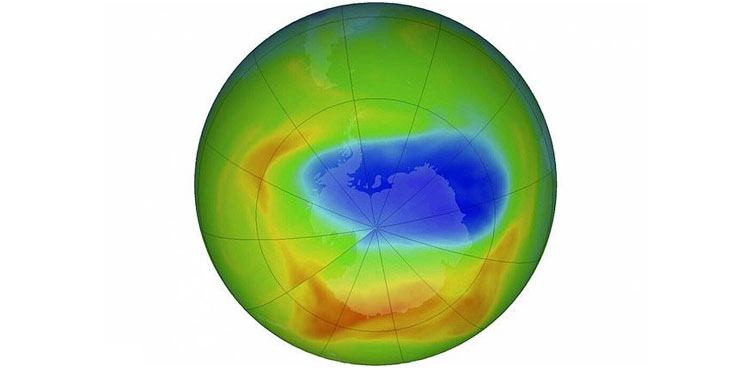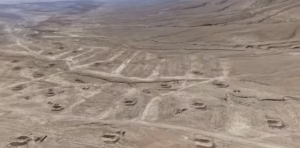The ozone hole above the Antarctic was less in 2024 than it has been in previous years, according to a new report from the UN’s World Meteorological Organization, which the agency called “welcome scientific news for people’s and planetary health.” “The ozone layer is healing today,” Antonio Guterres, the head of the United Nations, said in the announcement. “This accomplishment serves as a reminder that progress is achievable when countries pay attention to the cautions of science.” The WMO stated that the decrease in depletion “was partially due to naturally occurring atmospheric factors which drive year-to-year fluctuations” in its Ozone Bulletin 2024. However, it emphasized that the observed long-term upward trend “reflects the success of concerted international action.”
In conjunction with the 40th anniversary of the Vienna Convention, which initially acknowledged stratospheric ozone depletion as a worldwide issue, the bulletin was released to commemorate World Ozone Day. The 1987 signing of the Montreal Protocol, which sought to phase out ozone-depleting chemicals mostly found in air conditioning, refrigeration, and aerosol sprays, came after that 1975 conference. According to the WMO, more than 99 percent of the production and use of restricted ozone-depleting chemicals has been phased out as a result of that agreement to date. It stated that the ozone layer is now expected to return to its 1980s levels by the middle of this century, greatly lowering the dangers of cataracts, skin cancer, and ecological damage brought on by excessive UV exposure.
The bulletin determined that the depth of the ozone hole, which appears over the Antarctic every spring, had a maximum ozone mass deficit of 46.1 million tonnes on September 29 last year — below the 1990-2020 average.
WMO highlighted a relatively slow onset, with delayed ozone depletion observed through the month of September, followed by a relatively rapid recovery after the maximum deficit was reached.
“This persistent later onset has been identified as a robust indication of initial recovery of the Antarctic ozone hole,” the bulletin said.
The WMO and the UN Environment Programme co-sponsor a scientific assessment of ozone depletion every four years.
The most recent assessment in 2022 indicated that, if current policies remain in place, the ozone layer should recover to 1980 values — before the hole appeared — by around 2066 over the Antarctic, by 2045 over the Arctic, and by 2040 for the rest of the world.
According to the most recent study in 2022, the ozone layer should return to 1980 levels, prior to the hole’s appearance, by 2066 over the Antarctic, 2045 over the Arctic, and 2040 for the rest of the planet if current policies are maintained.



















